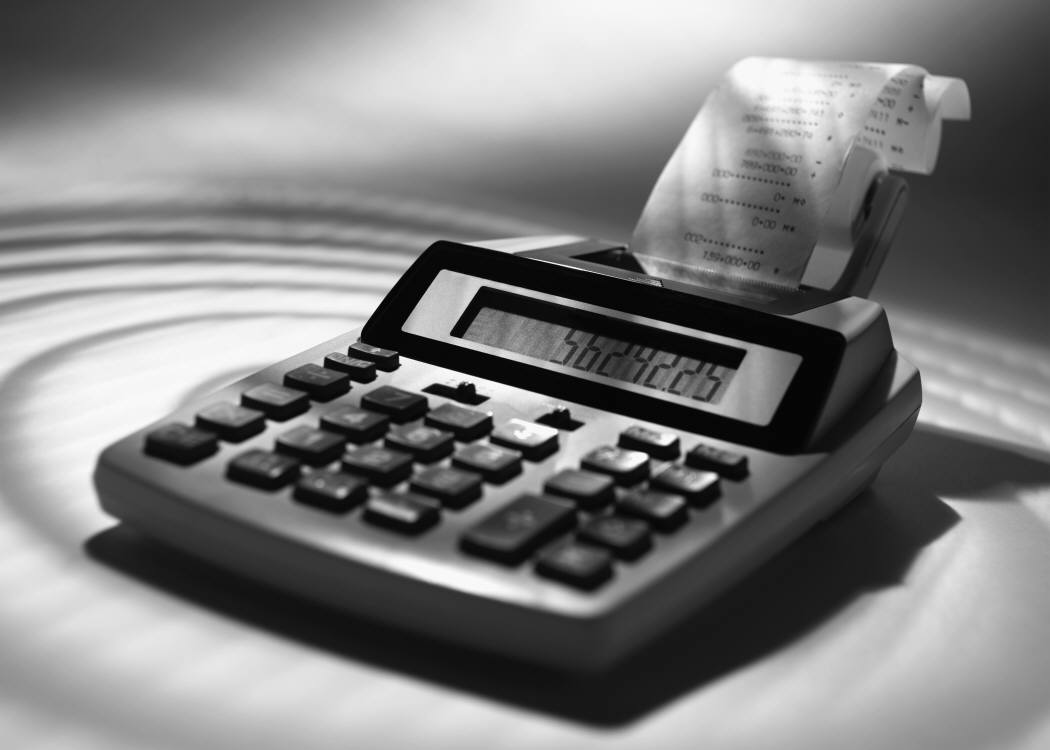
“Earlier this year, the IRS lowered the underpayment penalty threshold from 90% to 80% to help taxpayers who didn’t have enough tax withheld from their paychecks in 2018 or didn’t pay enough in estimated taxes last year.”
With the lowering of the underpayment penalty threshold, taxpayers could avoid the penalty this past filing season, if their 2018 withholding or estimated taxes equaled at least 80% (rather than 90%) of their 2018 tax or 100% of their 2017 tax (110% if their 2017 AGI was over $150,000).
Kiplinger’s recent article, “IRS Automatically Waives Withholding and Estimated Tax Penalty for Thousands of Taxpayers“, explains that this one-time penalty relief offering was deemed necessary, since too many taxpayers didn’t adjust their 2018 withholding or estimated payments to reflect (or properly reflect) the changes made by the Tax Cuts and Jobs Act or the updated 2018 withholding tables. However, to claim the penalty relief, you had to submit IRS Form 2210 with your 2018 tax return or, if you already filed your 2018 return and paid the underpayment penalty, request a penalty refund by filing Form 843.
The IRS says there were no fewer than 400,000 taxpayers who paid at least 80% of their total federal tax liability through withholding or estimated tax payments but failed to claim the special penalty relief when they filed their 2018 tax return. However, the IRS says they won’t have to pay the underpayment penalty.
The IRS will automatically waive the penalty for these taxpayers. In the next few months, the IRS will notify affected taxpayers of this. Taxpayers who already paid the penalty will get a refund check, regardless of whether or not they previously requested a penalty refund.
If you requested an extension to file your 2018 federal tax return, you can still claim the penalty relief using Form 2210 when you file by October 15, 2019, or if you file electronically, the waiver computation will be in your tax software package.
If you want to avoid the underpayment penalty next year, you can up the amount of tax withheld from each paycheck, by giving your employer a new W-4 with fewer withholding allowances. If you’re already claiming zero allowances, you can also submit a new W-4 to request that an additional amount of your choosing be withheld from each paycheck.
If you’re self-employed or have other significant sources of taxable income, be certain you’re paying enough each time you make a quarterly estimated tax payment.
Reference: Kiplinger (August 14, 2019) “IRS Automatically Waives Withholding and Estimated Tax Penalty for Thousands of Taxpayers”











